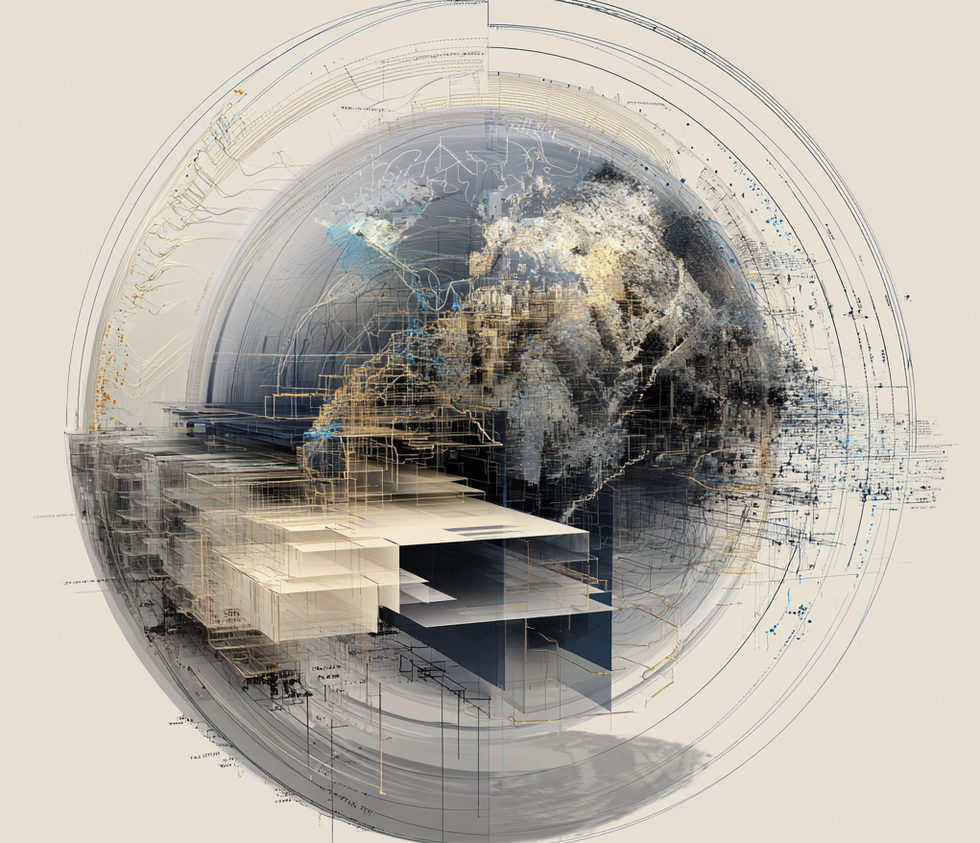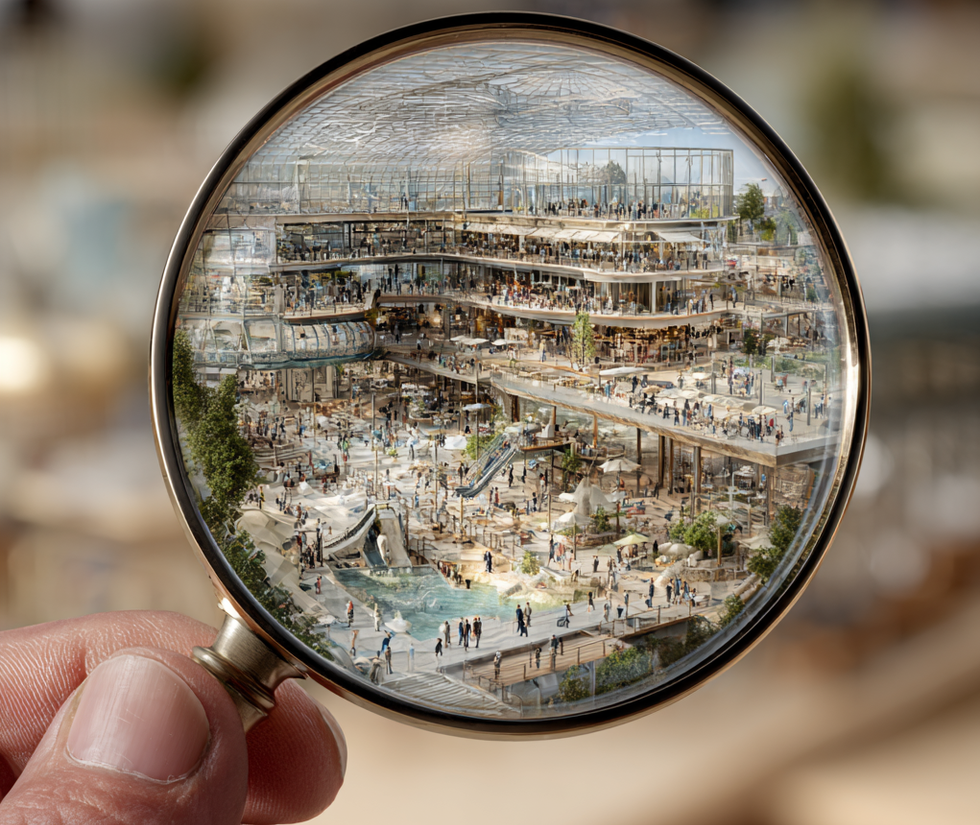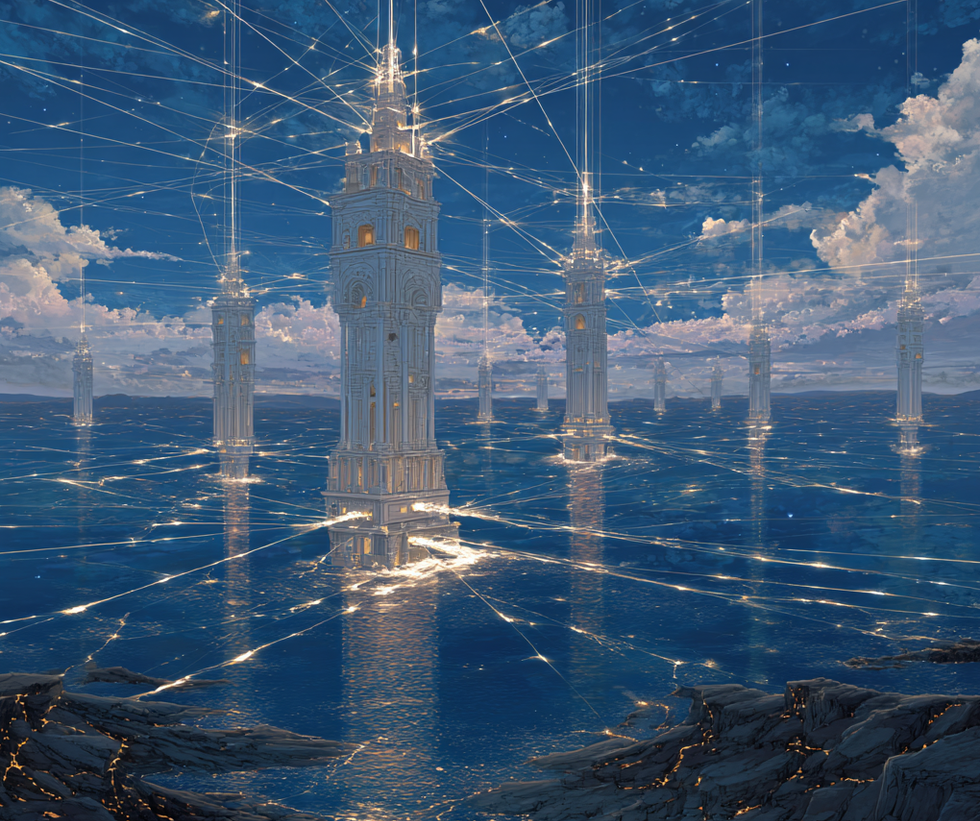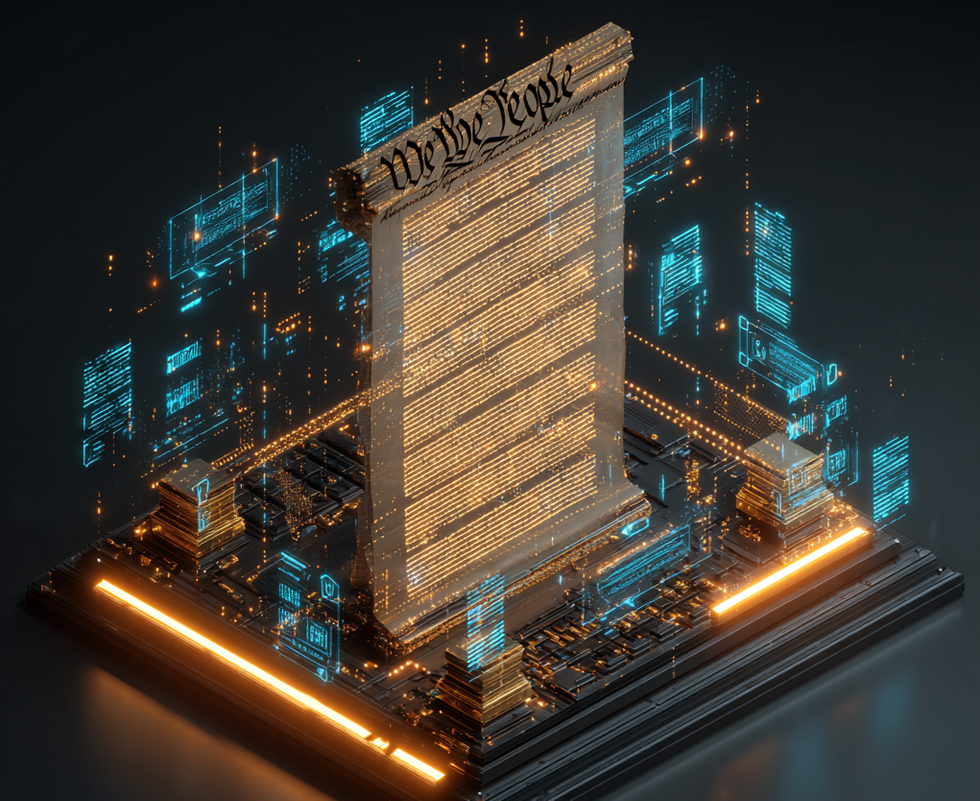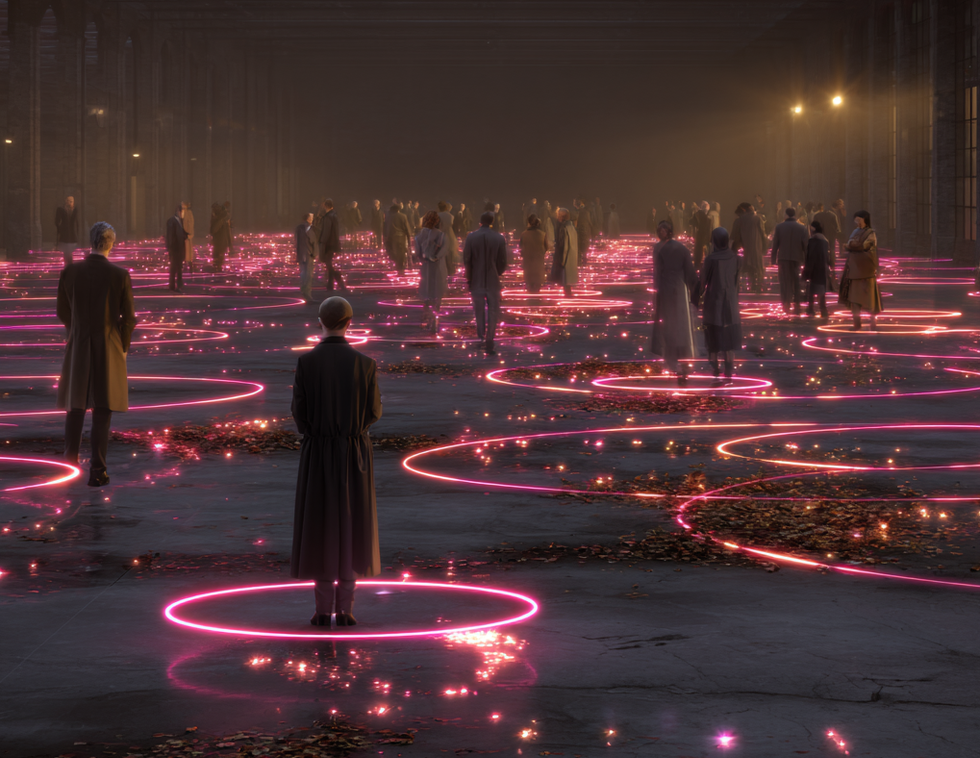by Nancy Patterson, OpenAire
So you are planning a water park. Wouldn’t it be great to get your hands on a bunch of water park plans to see what the “other guys” are doing? What are some good ideas? What are people adding, and what should you add?
Let’s take a sneak peek at the various water park plans that cross my desk from a diverse selection of designers. Underlying all of these water park plans is the need to design and build sustainably for 2025 and beyond. This is no longer on the wish list. For every renovation or new build, it's a “must”. Building codes worldwide all adhere to the mentality of building better.
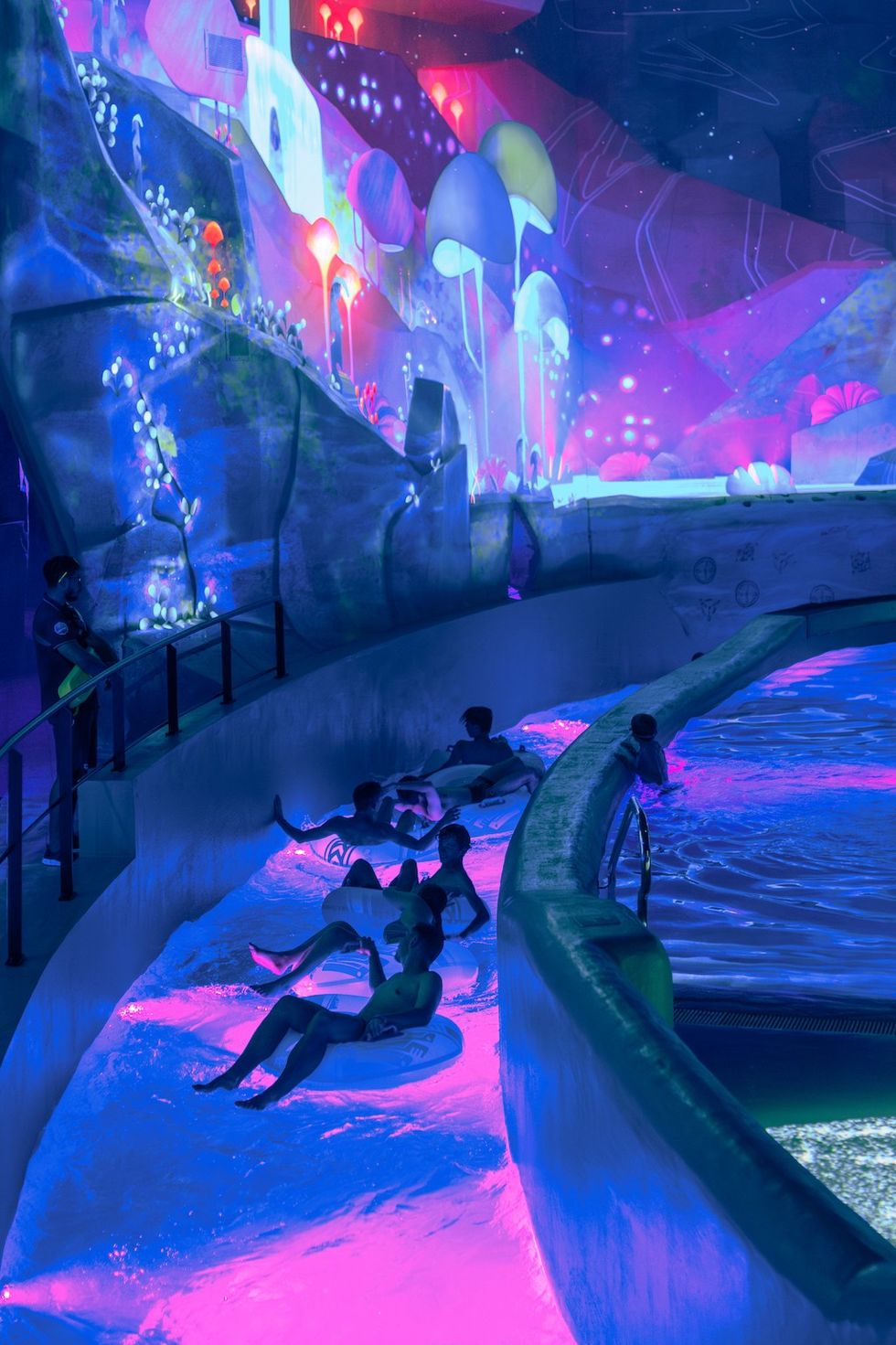
Whether indoor or outdoor, the primary categories found in water park plans are water slides, lazy rivers/wave pools, splash pads (often referred to as kid zones), cabanas and relaxation zones, including food and beverage. If you are in Europe, the final category is often a wellness zone. This may be adult-only but includes hot tubs, other relaxation pools, and seating areas.
Water slides
While I won’t speak to the actual slides themselves, what we are seeing, in general, is larger, more diverse slide packages with vertical multi-level towers, including hybrid slides (features of multiple rides combined together) and high-tech immersive accessories (lighting, sound, etc.)
The slide packages we are seeing at the moment almost always include family raft rides. The hesitation towards these in the past has (anecdotally) been due to the cost of the ride/rafts, conveyors, and space required. However, this has been overshadowed by the recognized guest enjoyment of family or group rides.
These rides are massively popular and desired by many. Operators have found that adding them to their package ensures they become the most popular ride in the park. We see lots of immersive experiences like lighting and music, beautiful colours, clear fiberglass for rider visibility and vertical stacking of slides.
Icon Tower at Meryal Waterpark
Ride towers now commonly include ride entry platforms at various heights. Single-platform towers are now gone. Now, towers have multiple entry heights for the water slides, plus ride egress on multiple levels, i.e. on mezzanines or below grade.
The exciting advancements in tower design/theming, colours, platforms and egress points have continued to make them the feature of most water parks. Rides are now more technologically advanced and energy-efficient, conserve more water, last longer, and, most importantly, are safer. So, while this means they have got larger, they are worth the long-term investment.
See also: Water park wrap-up: key trends from 202 4
Lazy rivers and wave pools
Large bodies of water in the form of rivers or pools or, in some cases, larger man-made water bodies like lagoons are a key component to new water park design for 2025 and beyond. These items allow for a large volume of guests to be entertained simultaneously. Parks generally include one or the other or both, based on size.
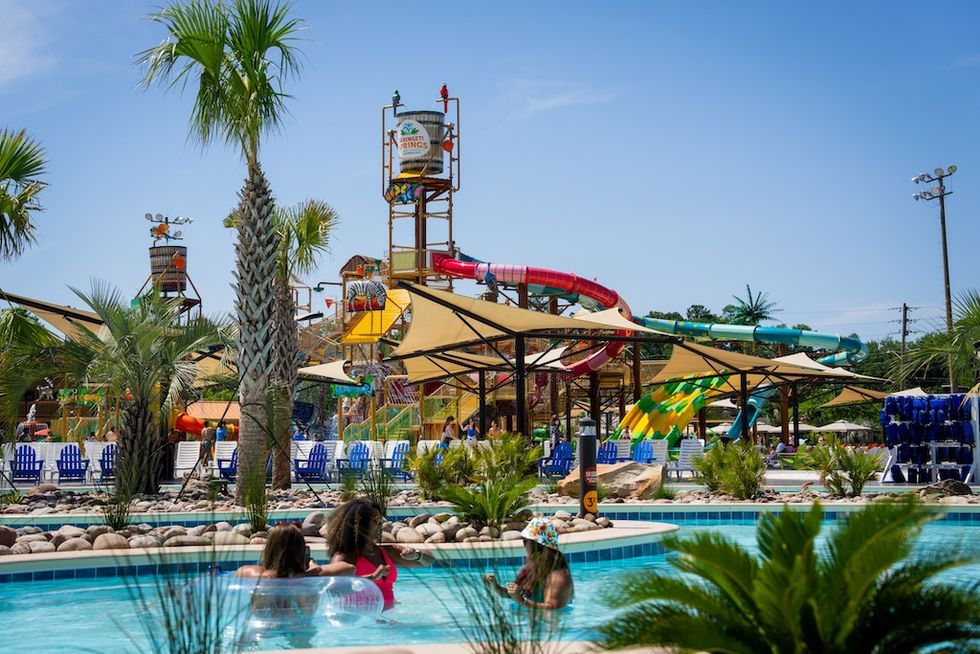
What's new or newer are crazy rivers and larger wave generators for wave pools. This makes them more thrilling at the push of a button. Also new is the advanced theming, which includes lighting packages, audio, beautiful landscaping, grottos, sandy beaches, and more. Naturescapes, especially around man-made lagoons, and zero-entry access are turning these lagoons into desired "beachfront” destinations.
Splash pads
Traditional water parks were focused on “big slides for big kids”. However, as often happens, operators and parents were the instigators of change in the market after recognizing that little kids require more than just water spray features.
Improvements and increased focus/development on children’s slides, better flooring materials, wading pools, shade structures and areas for parents are key. While a spray of water is sufficient for the littlest of guests, for those growing out of the kid's zone but remaining too little for the “big” rides, improved kids' attractions are imperative.

Attractions that include technology, edutainment, learning and games are all great additions and keep kids occupied. Happy kids equal happy parents, so open site lines, easy access, and adjacent viewing/seating are key. Immediate access to toilets, food and changing areas also doesn’t hurt.
Seating and food/beverage
Cabanas with all the bells and whistles, including hot tubs, TVs and personalized service, continue to be included on a larger and larger scale. Dedicated cabana service in a variety of sizes, as well as VIP amenities, are also starting to show up regularly.
The standard 10 ft or 3m cabanas are now being increased to 15ft or 5m areas and larger. Elevated or separated premium seating zones, dedicated towel service, VIP toilets and more are part of the new water park designs we see. These areas may also include dedicated pools/attractions to entice guests to upgrade to a cabana rental on future visits. These upgraded zones provide increased revenue generation for operators.
In general, seating in all water parks, large and small, continues to be a premium. The more seating, the better, or as many operators say: “You can never have enough”.
In addition to providing a large variety of seating areas and styles, food/beverage services have been increased and improved. Healthier options that meet a larger variety of consumer tastes and dietary restrictions continue to be offered. In terms of design, this means a wider variety of food service areas, different styles of concessions and designs that add retail-style food service, like food courts and coffee shops or sports bar-style atmospheres to waterparks.
Finally, swim-up bars are also new in some North American jurisdictions. The popularity of these is well known in the all-inclusive hotel market and European water parks. Now, they are finally becoming a larger part of North American water park design for 2025.
Through the use of AI and other advanced technologies, water park operators can now ensure there are shorter food lines, increased ROI, faster service and more efficient operations, enhanced by larger and more accessible F&B zones within new water park plans.
See also: The 14 best water park additions for 2024
What else is new in water park design for 2025?
Other features showing up on plans of all shapes and sizes, indoor and outdoor, include:
- Indoor surfing - a standard for most new water park plans
- Water coasters - while these were popular in the past, they seem to have gained popularity again and are making their way back into new park designs
- Improved way finding - the bain of every park operator's day is poor signage
- Improved guest service amenities - for example, easy access lockers around the park as opposed to clustered in a single location
- Large format LED screens - often hanging over a stationary attraction like surfing, hot tubs, or a swim-up bar
- Immersive attractions - taking advantage of sound, feel, smell and lighting
- Sensory-friendly zones - for guests needing space away from the crowds
- Improved retail options - improved themed and branded products
- Adult-only zones - this is market-specific
- Wellness features - a standard in European parks, this is finally hitting the North American market
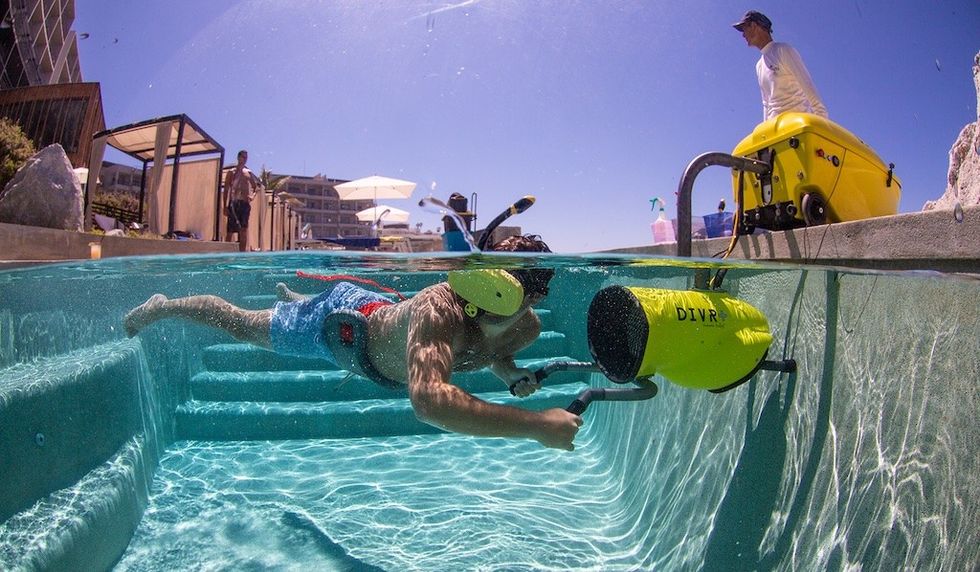
Some options that are being added as short-term or seasonal additions to activity pools include:
- VR swimming/snorkelling
- Inflatables
- Obstacle courses
In summary, while water park plans have not drastically changed in recent years, the focus on meeting the needs of wider audiences is preeminent. Whether designing an indoor or outdoor park, improved materials and construction styles that use corrosion-proof materials and more vibrant, sustainable finishes are key.
The water park industry is undergoing a transformative shift to more sustainable solutions that meet the needs of a broader audience. By offering compelling attractions, improved circulation, ample seating and a larger range of attractions that align with sustainable initiatives, water parks can solidify their market position.
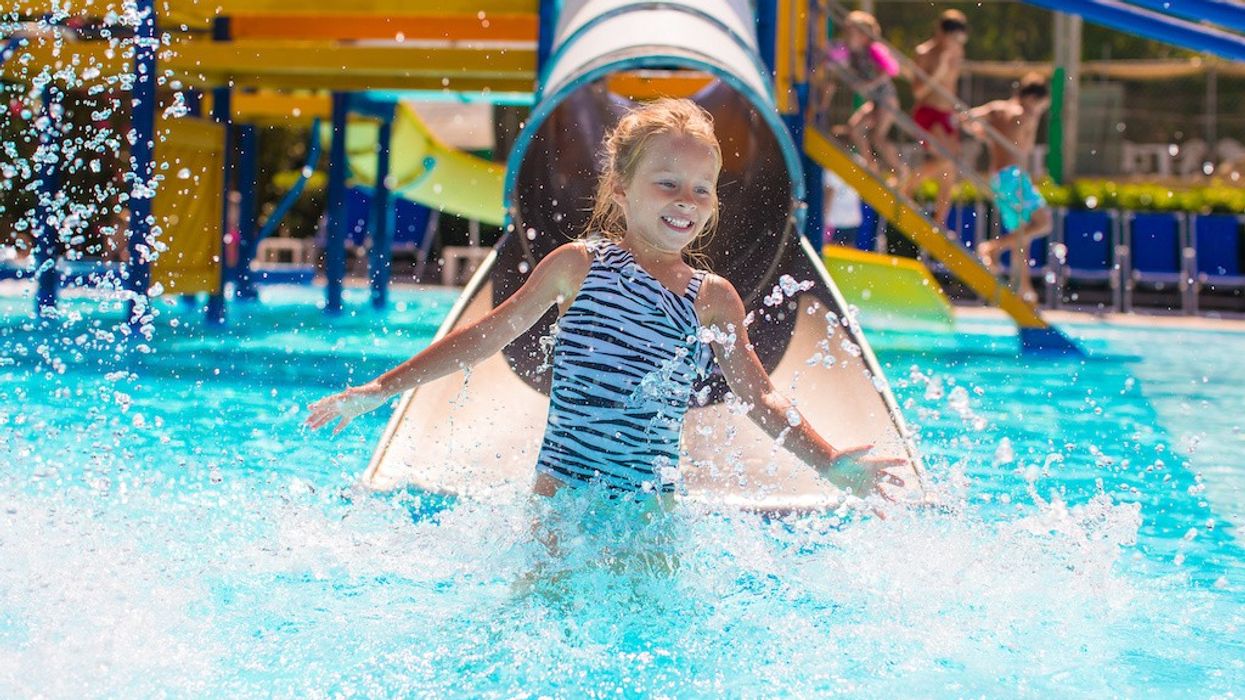

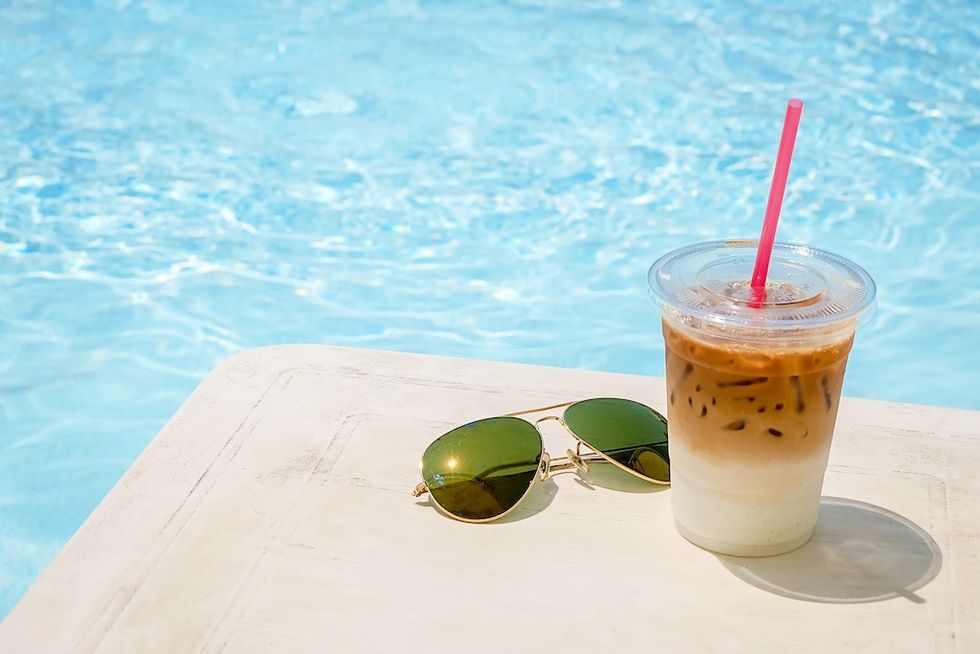

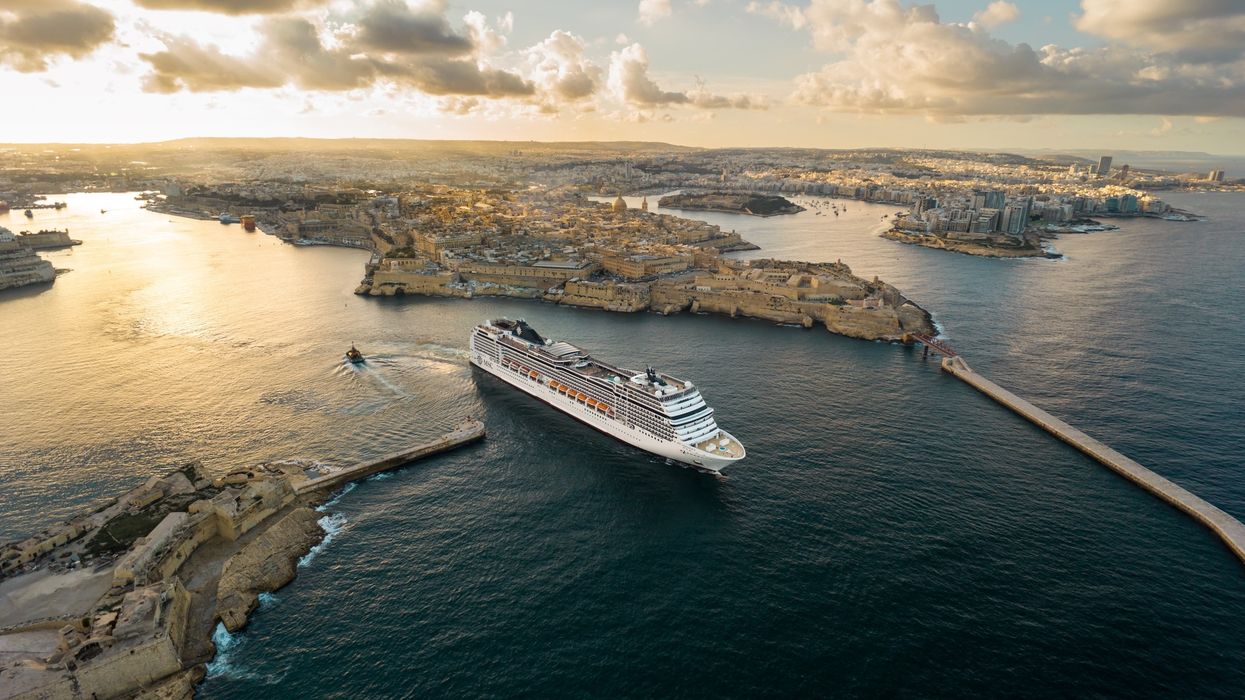
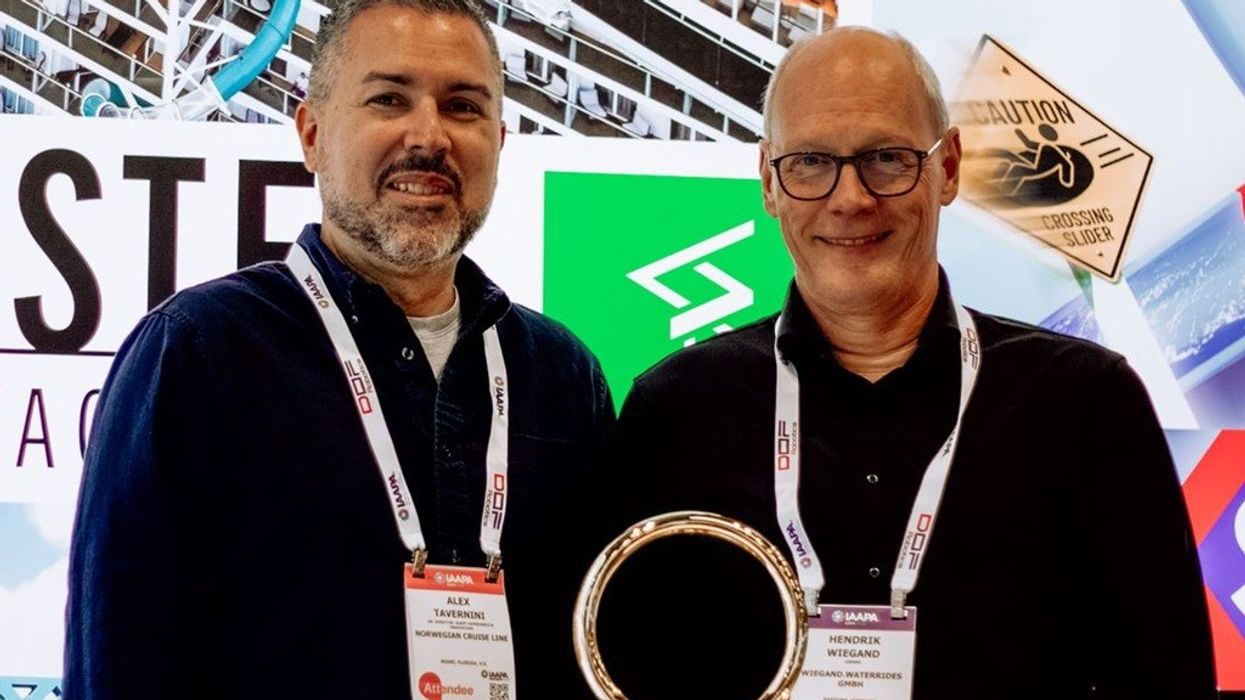
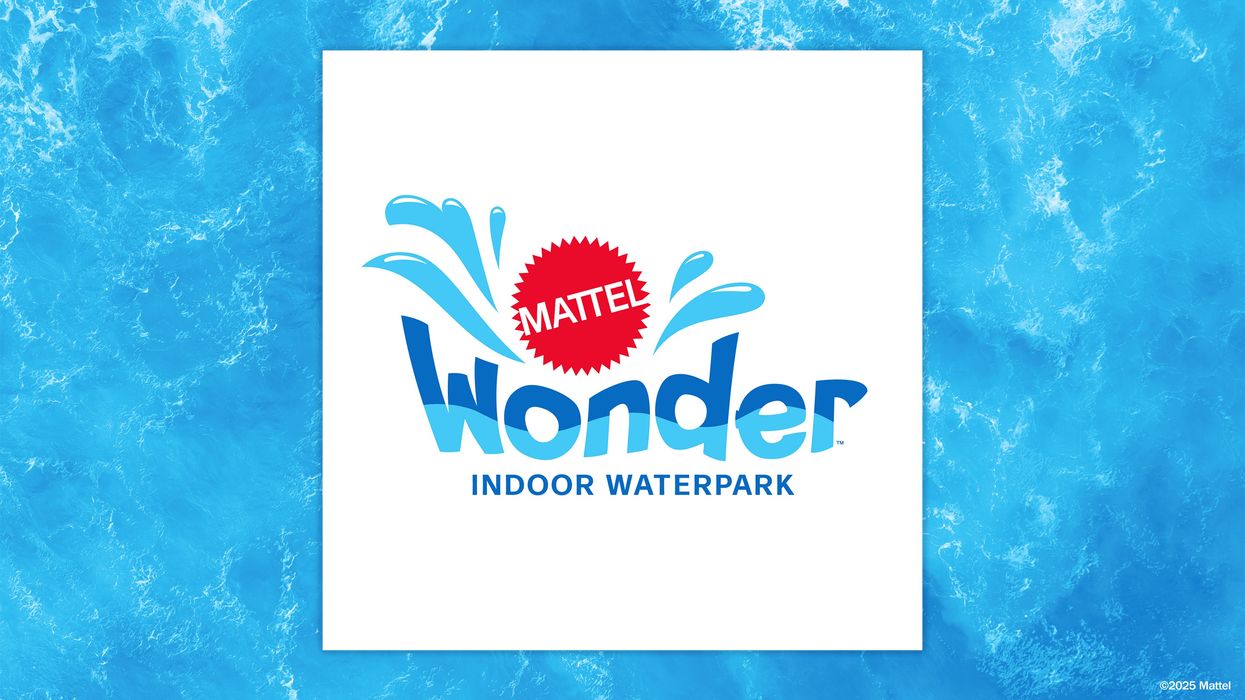
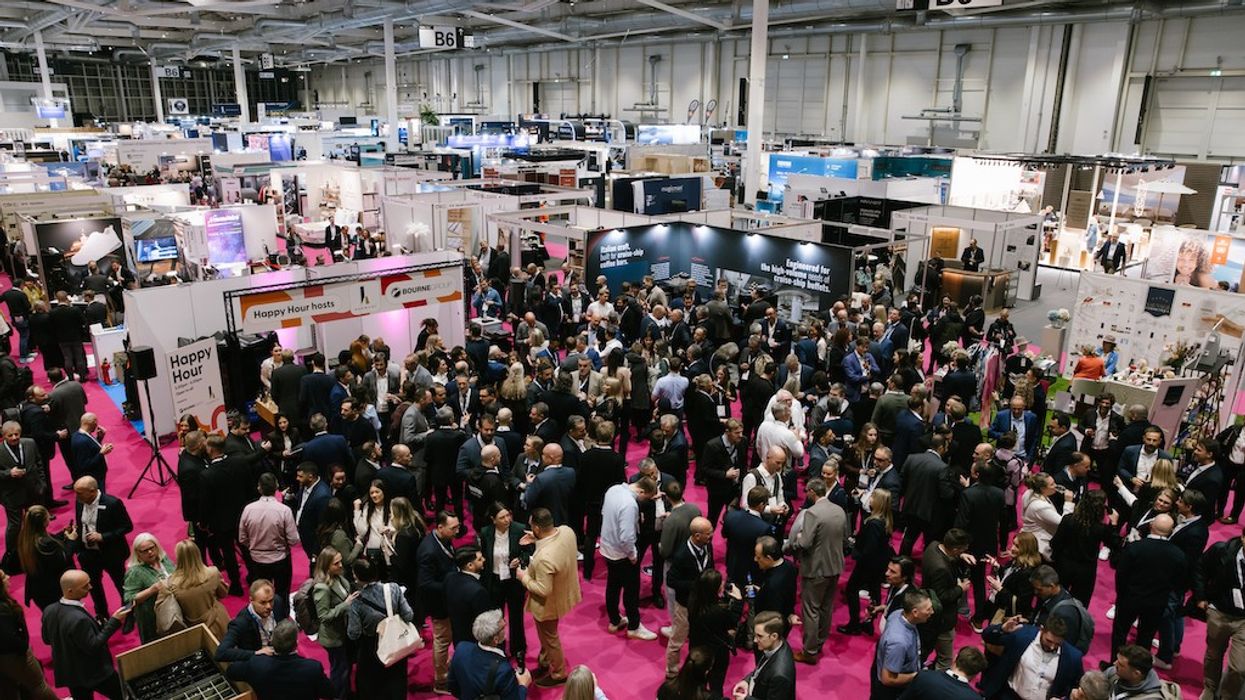
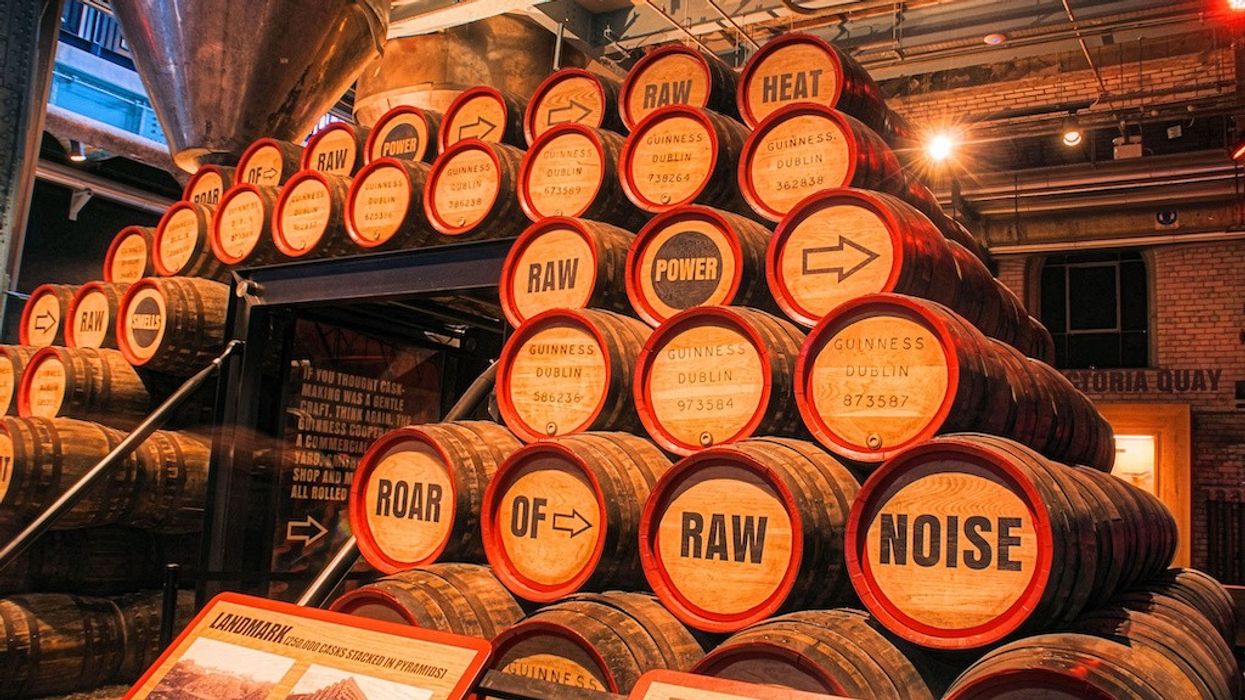
 Christian Lachel, chief creative officer, BRC Imagination Arts
Christian Lachel, chief creative officer, BRC Imagination Arts  Image credit AA+W - stock.adobe.com
Image credit AA+W - stock.adobe.com Chocoversum Image credit Sebastian Fuchs
Chocoversum Image credit Sebastian Fuchs 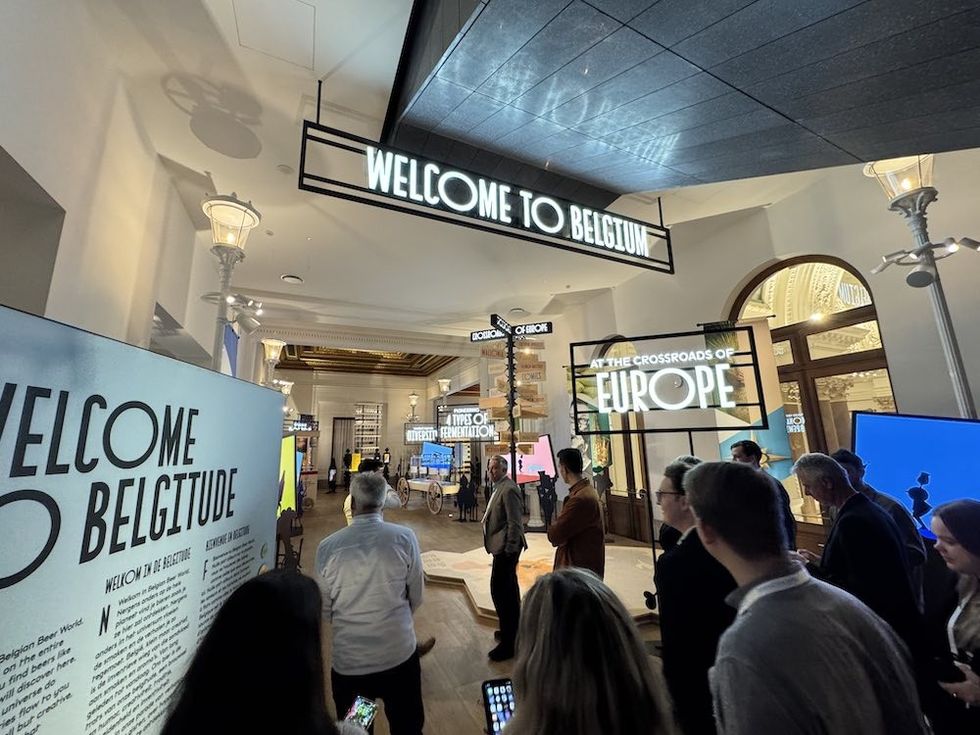 Belgian Beer World
Belgian Beer World 




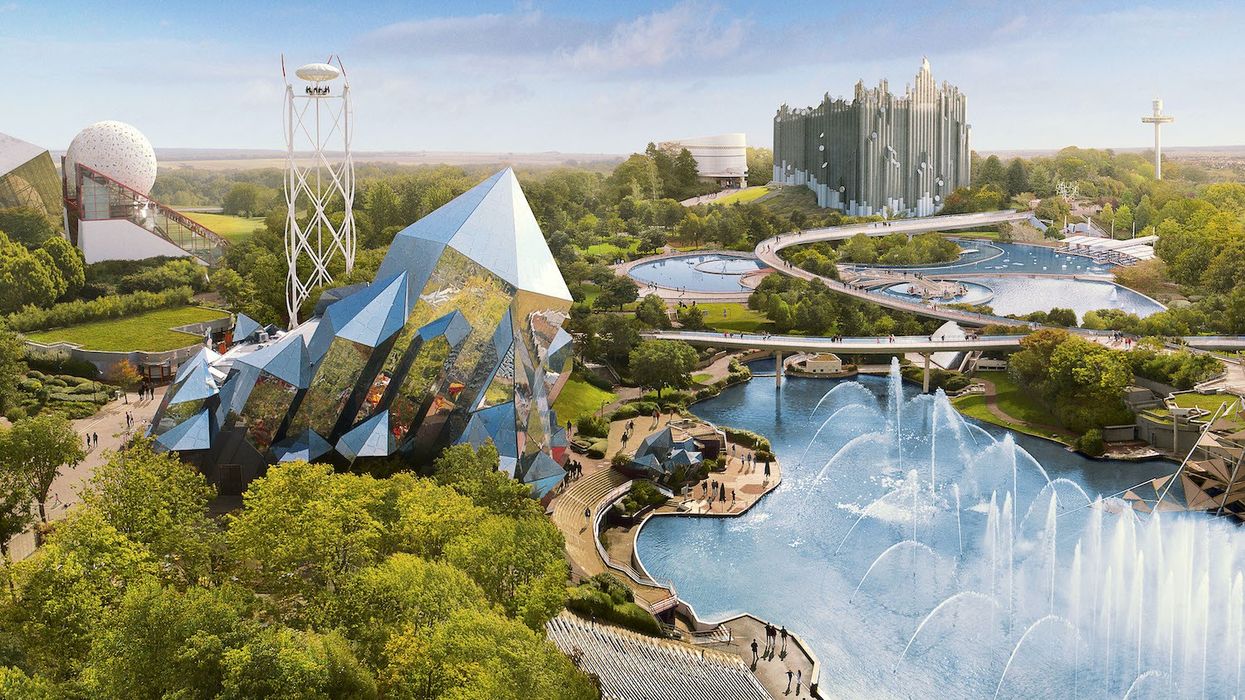


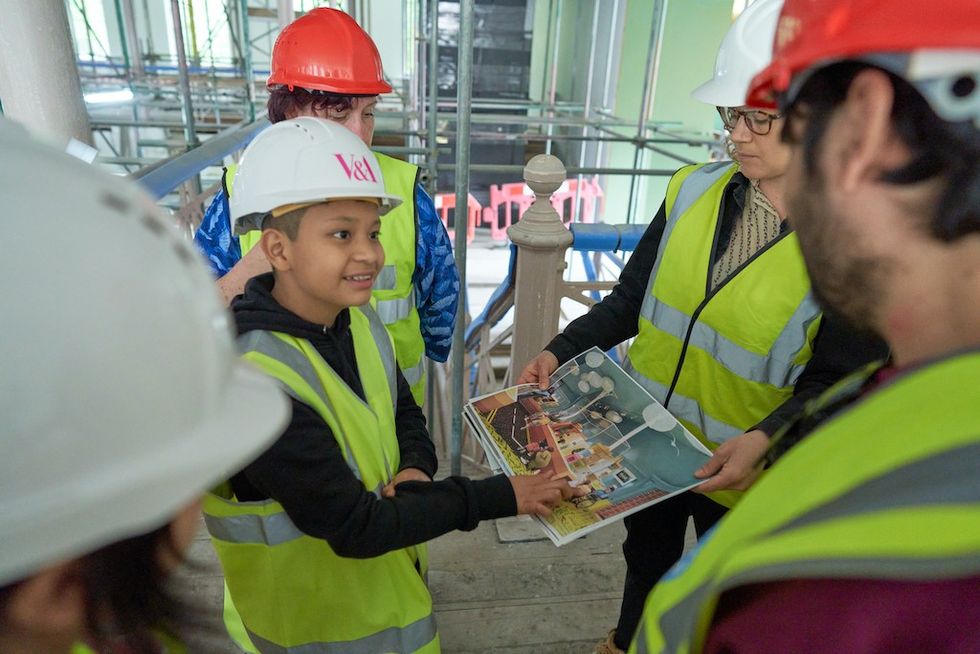 Young V&A Youth Collective members have a tour of the Young V&A construction site. Image courtesy of Young V&A.
Young V&A Youth Collective members have a tour of the Young V&A construction site. Image courtesy of Young V&A. 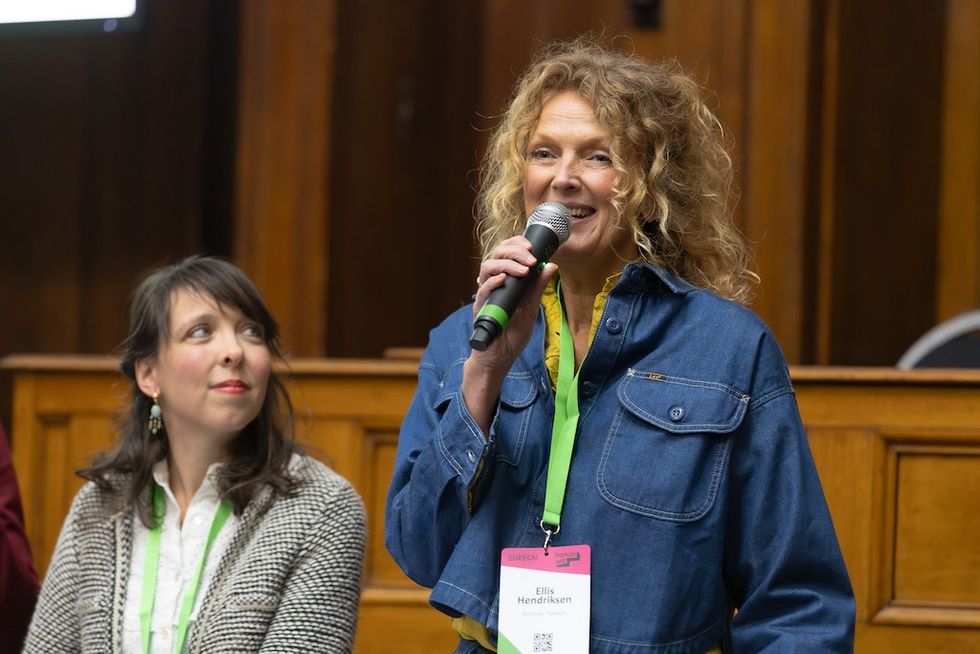 Floriane Perot and Ellis Hendriksen
Floriane Perot and Ellis Hendriksen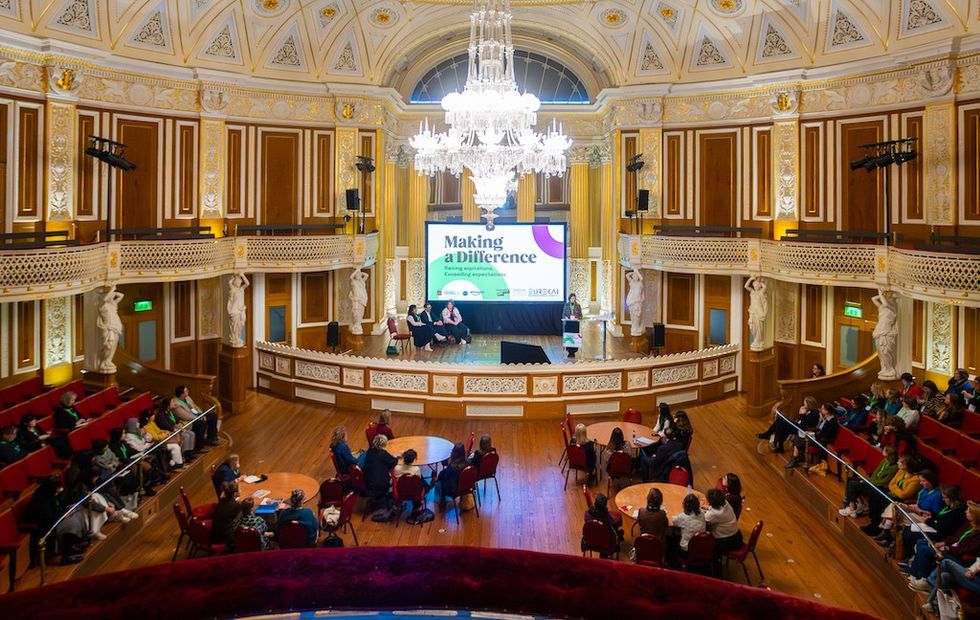
 Amber Ogunsanya-William
Amber Ogunsanya-William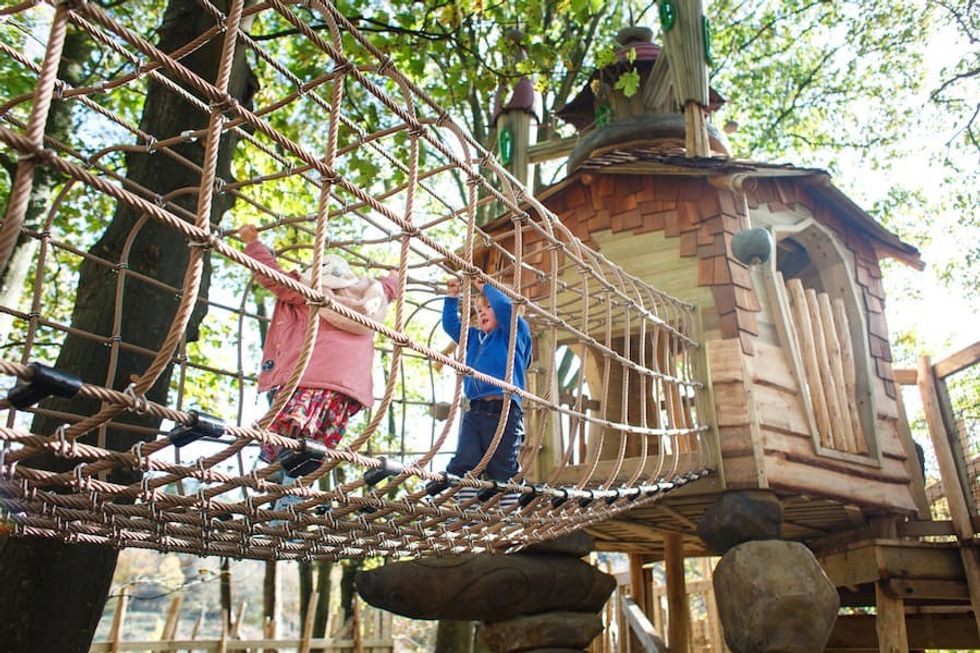 Tumblestone Hollow adventure playground by CAP.CO
Tumblestone Hollow adventure playground by CAP.CO 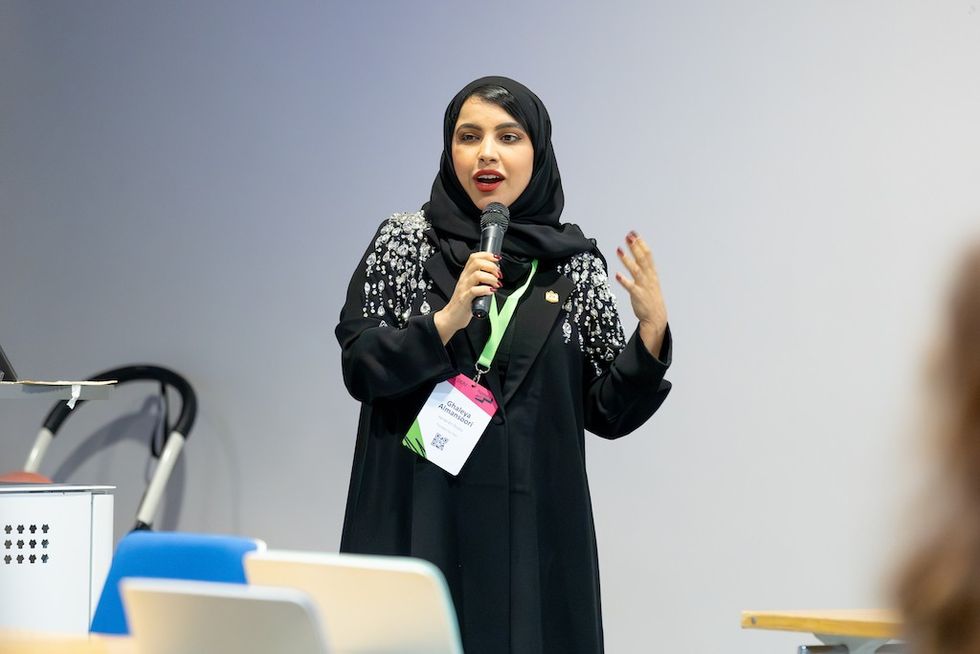 Ghaleya Al Mansoori
Ghaleya Al Mansoori
 Dame Rachel de Souza
Dame Rachel de Souza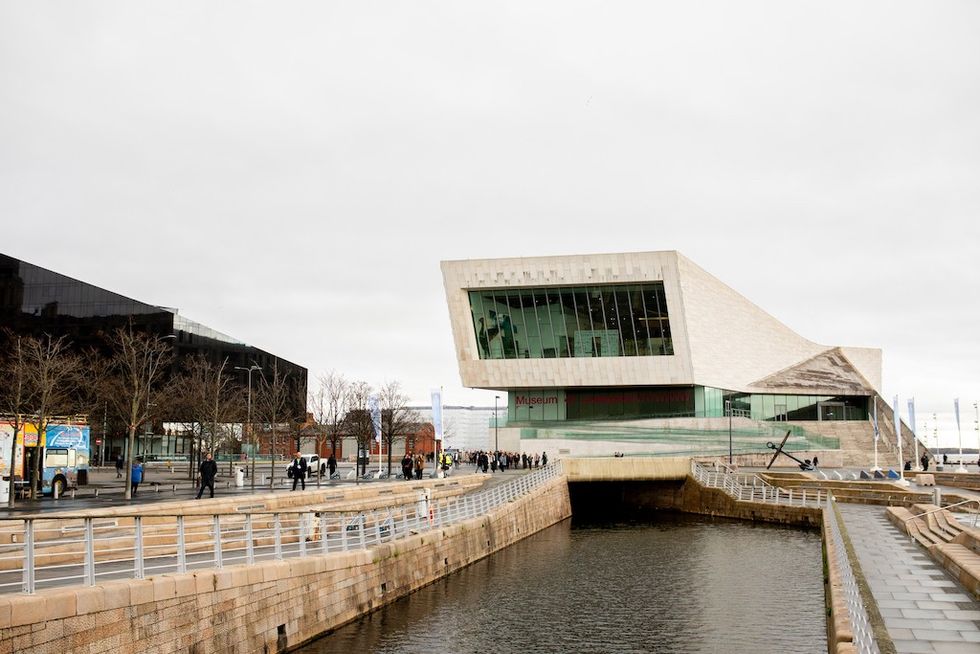 Liverpool Museum
Liverpool Museum
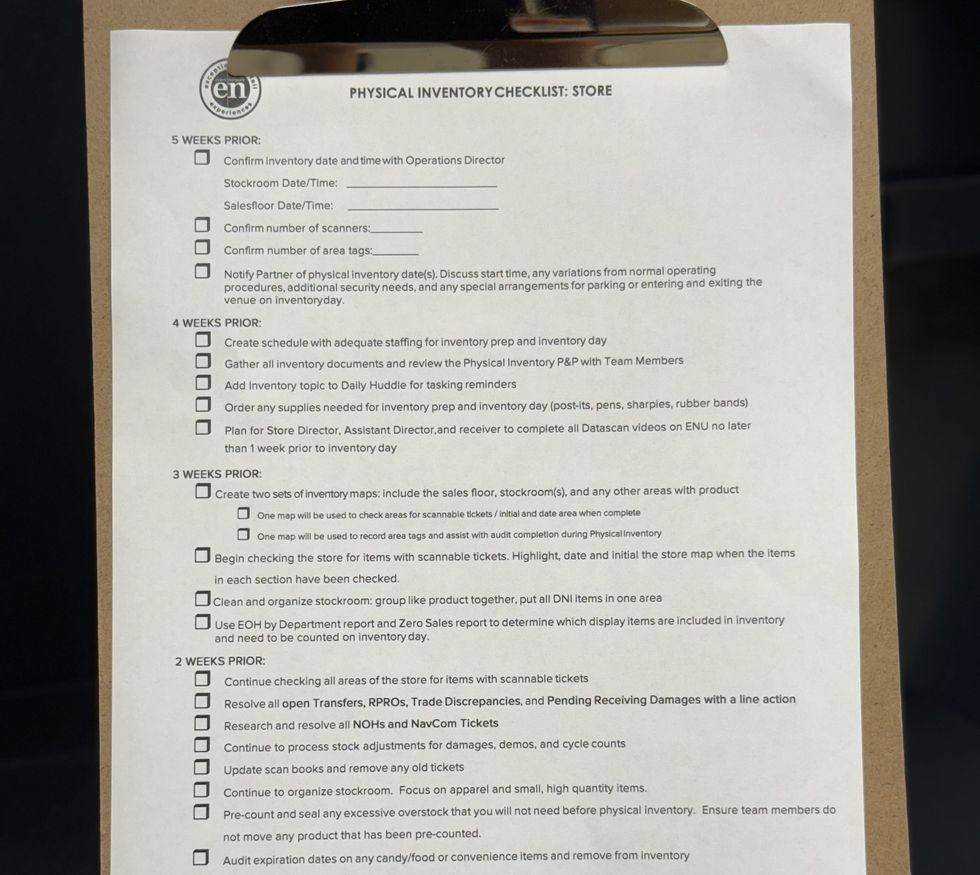
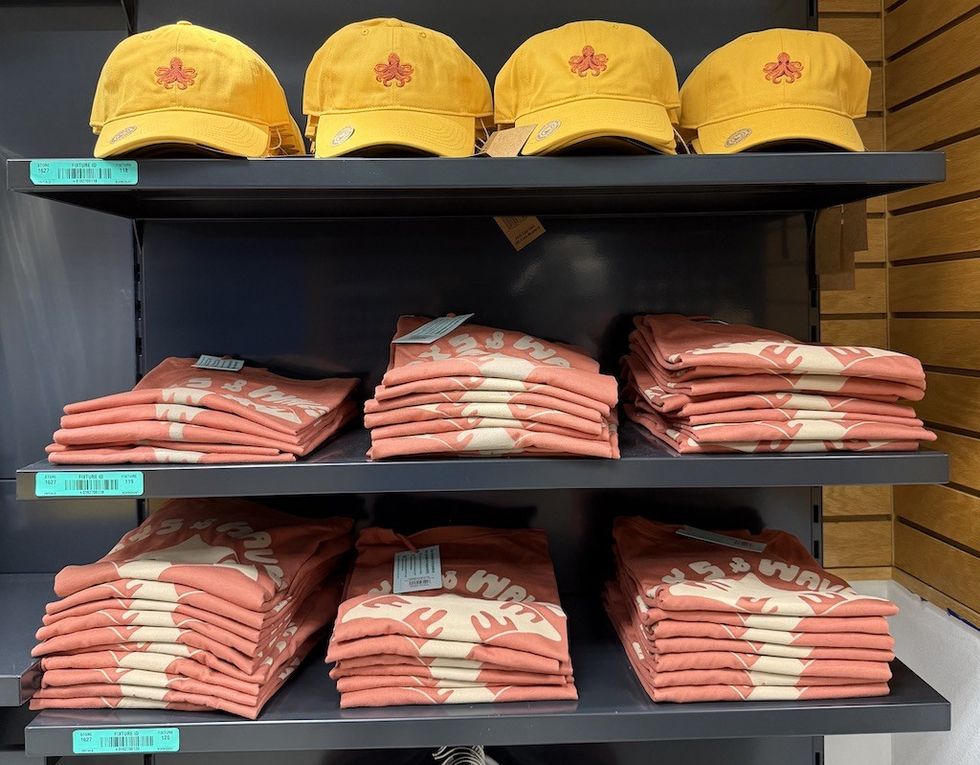
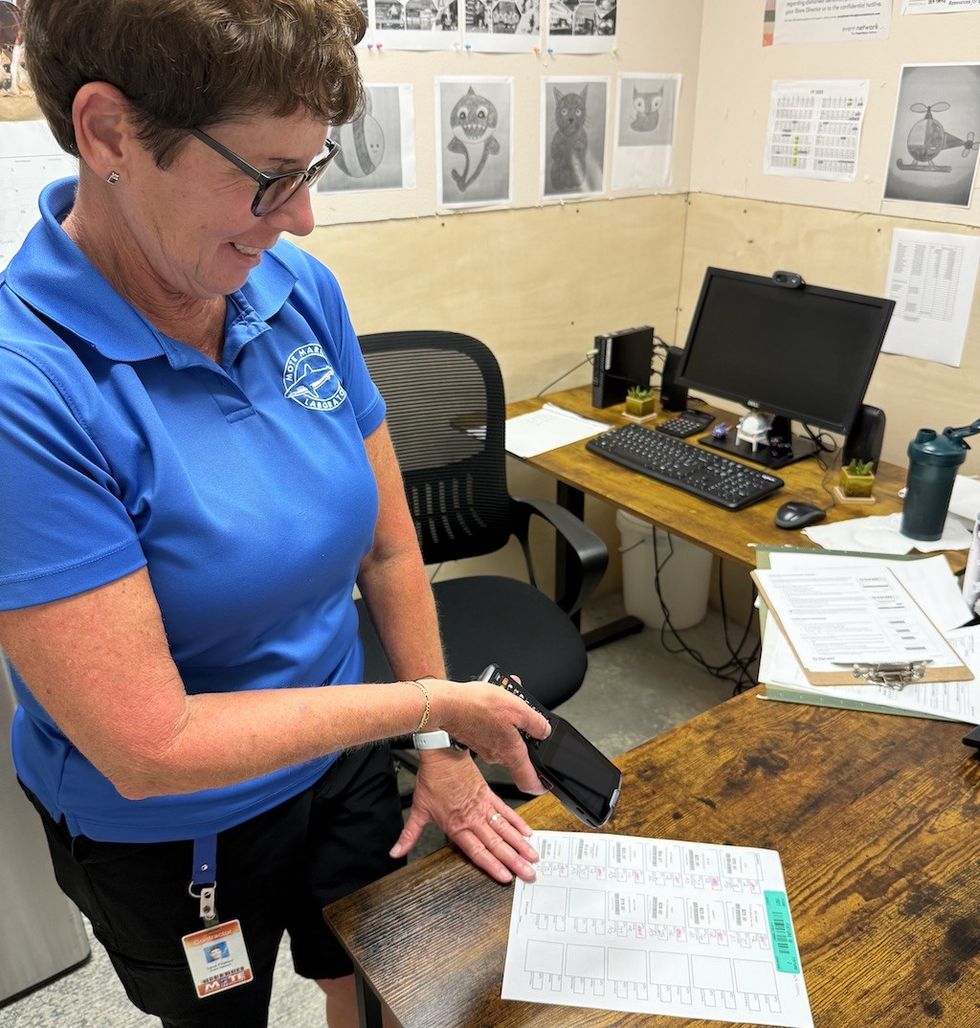


 Guests display a commemorative UN stamp sheet marking the 100th anniversary of the Palace Museum at the UN headquarters in New York, May 2025 (Xinhua)
Guests display a commemorative UN stamp sheet marking the 100th anniversary of the Palace Museum at the UN headquarters in New York, May 2025 (Xinhua)
